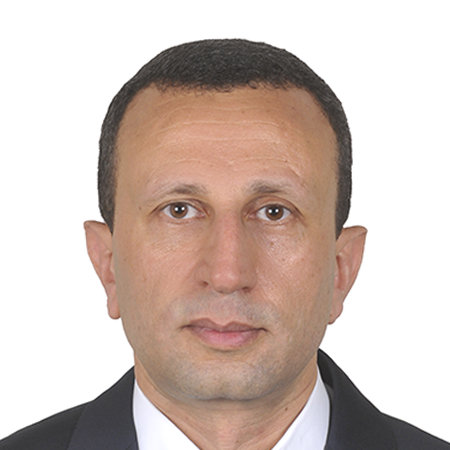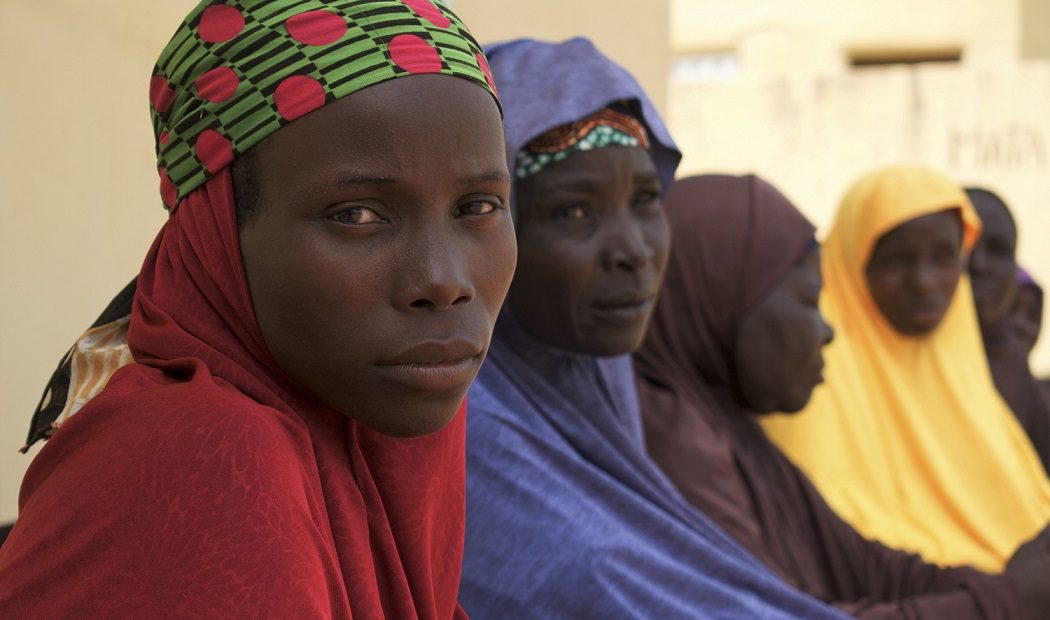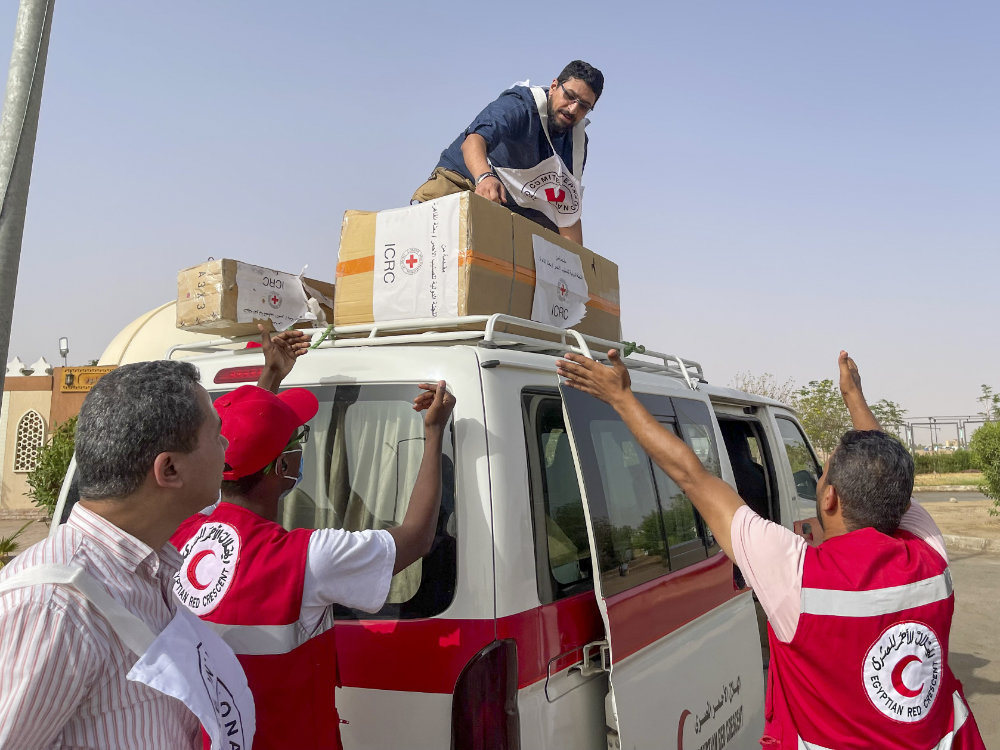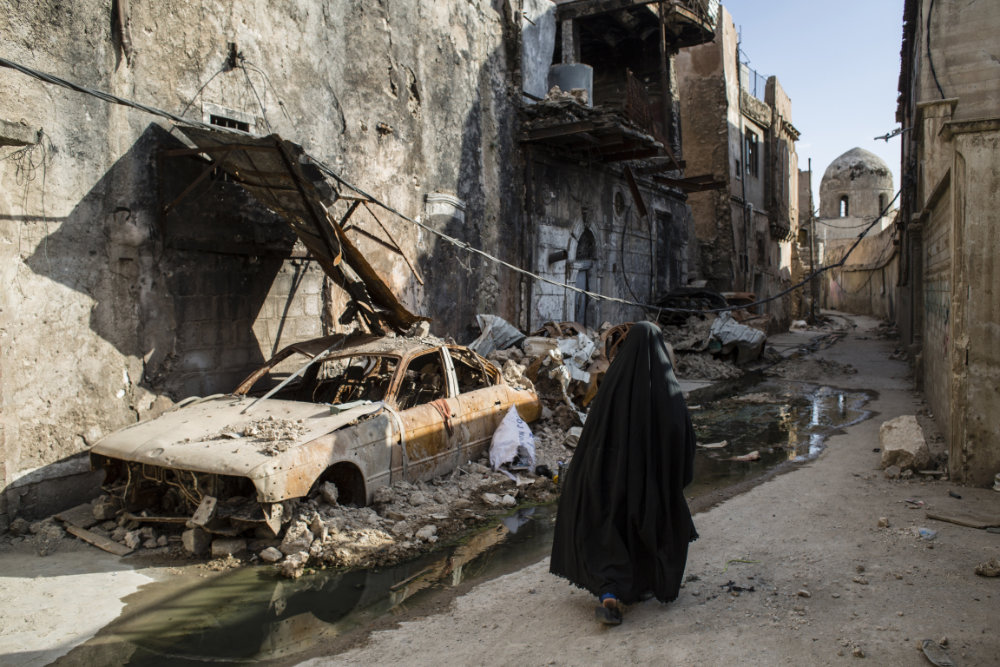There is a shared concern in the humanitarian sector, which has almost evolved into a mantra: we must protect ‘vulnerable groups, particularly women and children’ and uphold the rights of ‘the most vulnerable’ in compliance with international humanitarian law.
The aim is commendable: let us be of service to those who need it the most and designate our resources accordingly. However, it is time to be more specific about how we use the label of vulnerability, and in so doing engage in more inclusive humanitarian action by considering the specific perspectives, abilities and needs of the affected people we aim to serve. What sets women apart from children? Are all women and children equally vulnerable? How about women – do they all face the same needs? And – more to the point of this post – what about Muslim women in armed conflicts and other situations of violence: should they be lumped together as homogenously vulnerable, or should we instead look to them as the agents of their own lives and follow their lead?
Less ‘rescue’ and more inclusion
Part and parcel of inclusive humanitarianism is our capacity to ensure that we not only serve or assess needs based on our analyses in Geneva, New York and other international hubs in the global North, but that we include the people we are talking about, listen and learn from their experiences and expertise and consider their perspectives. This isn’t a radical motto – most large humanitarian organizations have now committed to ‘more inclusive’ practices in humanitarian action, but operationalizing these statements, monitoring and evaluating progress is where the going gets tough.
As a starting point, we can look to the work that has already been done by feminists, scholars and practitioners who have been fighting for more inclusive practices, long before the recent wave of anti-racism and equity-oriented coverage across the humanitarian sector and the world at large.
For example, prominent Islamic female scholars have for some time been highlighting the myriads of ways ‘the particularly vulnerable’ are not vulnerable in every way. Throughout Islamic history, women have contributed greatly to the Islamic civilization, from serving as political consultants to the Prophet Muhammad to participating in the wars that took place during his lifetime as health-care providers and front-line fighters. Hundreds of great Islamic male scholars throughout Islamic history have indicated that they were educated at the hands of Islamic female Hadith scholars and jurists; the twelfth century Syrian Islamic scholar and historian Ibn Asakir (d. 1176) studied under 80 female Muslim scholars. There are notable female Muslim rulers throughout Islamic history, such as Keumalahayati (also known as Malahayati), who was born in the 1550s and made history as one of the first female admirals after she fought the Dutch and Portuguese to defend the historic State of the Sultanate of Aceh.
With strategic ingenuity, female leaders have since used the very biases against them – notably when it comes to the tenets of Islam and gender – to fight for women’s rights. Building on a rich history, influential contemporary authors such as Lila Abu-Lughod talk of how we need to develop ‘a serious appreciation of differences among women in the world – as products of different histories, expressions of different circumstances, and manifestations of differently structured desires . . . rather than seeking to “save” others (with the superiority it implies and the violence it would entail) we might better think in terms of (1) working with them in situations that we recognize as always subject to historical transformation and (2) considering our own larger responsibilities to address the forms of global injustice that are powerful shapers of the worlds in which they find themselves’.
Abu-Lughod and other Islamic female scholars highlight that when it comes to humanitarian assistance and operations, Muslim women are not just vulnerable and passive recipients of aid. These scholars seek to combat outdated views about the need to ‘rescue’ Muslim women, which is centered on an “Othering”[1] process rooted in presumptions about their subjugation and vulnerability. Rather, if allowed the space and opportunity, Muslim women can serve as willing, able and active co-participants who can join humanitarian efforts and be part of the decision-making processes for how their needs can be best met.
This is particularly important: first, because presently most of the funding of humanitarian operations is geared at the Muslim world; and secondly, because according to the UN’s emergency relief chief Mark Lowcock, an expected 40% funding increase in 2021 will result in a record 235 million people in need of humanitarian assistance and protection, due mostly to COVID-19. This means that the humanitarian sector needs to step up its efficiency and effectiveness – and fast – including by harnessing and being driven by the intel and experiences of Muslim women affected by armed conflicts and other situations of violence.
‘Let us work together’
The possibilities for co-operation with affected populations, through breaking with our assumptions and biases, is best reified by Indigenous activist Lilla Watson: ‘If you have come here to help me you are wasting your time, but if you have come because your liberation is bound up with mine, then let us work together’.
If we aim to serve groups based on their specific needs, then it’s important to know what those needs are and debunk some of our assumptions. By highlighting this intersection between gender, Islam and vulnerability – placed against a backdrop of a complex and hard-won history of female leadership in the Muslim world – we can at least challenge some of the assumptions that keep us from walking the talk about inclusive humanitarianism and continue charting the path towards more inclusivity and equity.
[1] “Othering” is defined by Naomi van Stapele as ‘the temporal formation of groups constructed on purported notions of ‘us’ versus ‘them’… based on putative class and gender differences and senses of belonging and entitlement’.
See also
- Saman Rejali, Race, equity, and neo-colonial legacies: identifying paths forward for principled humanitarian action, July 16, 2020
- Elizabeth McGuinness & Saman Rejali, Beyond binaries: An intersectional approach to humanitarian action, October 8, 2019
- Ricardo Fal-Dutra Santos, Challenging patriarchy: gender equality and humanitarian principles, July 18, 2019
- Ahmed Al-Dawoody, IHL and Islam: An overview, March 14, 2017







‘Vulnerable’ does not mean helpless. It indicates certain dangers in a dysfunctional environment to which most women are highly susceptible. These include all forms for gender-based violence and economic exclusion.
I find the discussion of word choices both fascinating and tedious. This kind of fretting afflicts the larger players in the humanitarian world. If you listen to small locally based organizations, you find a deep understanding of vulnerability along with what it takes to restore a sense of agency.
Thanks for sharing your thoughts Susan! And thank you for reading.
Thank you for this excellent article! This is a long overdue conversation on women’s agency and leadership.
It is wonderful to see decades of Muslim feminist scholarship on the realities of Muslim women’s lives being considered (and hopefully integrated within) ICRC’s approach to humanitarian action. Looking forward to hear more on this.
Thanks for reading Gul!
I need to take a part as valunteer muslim woman, this is all what we need,